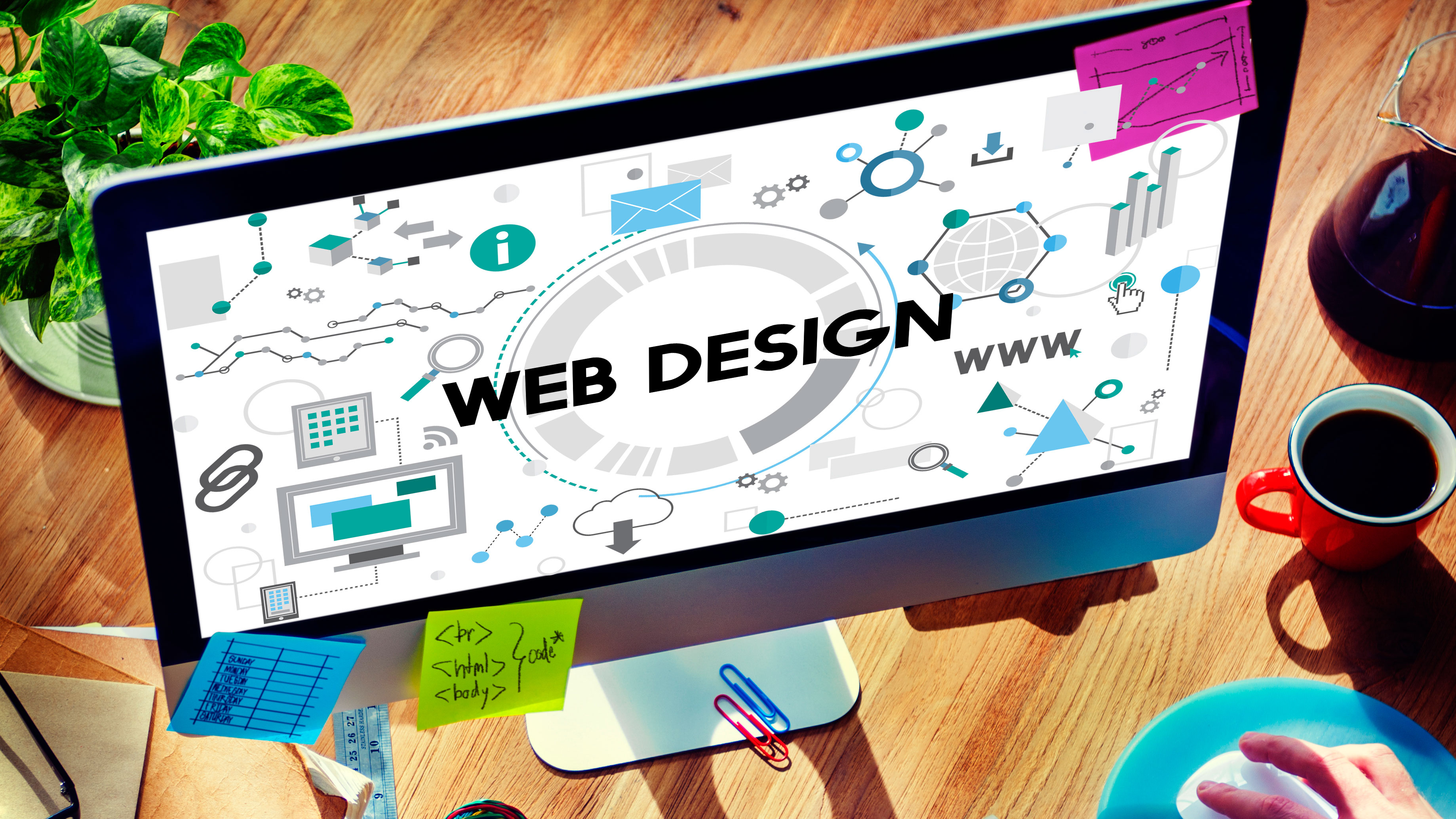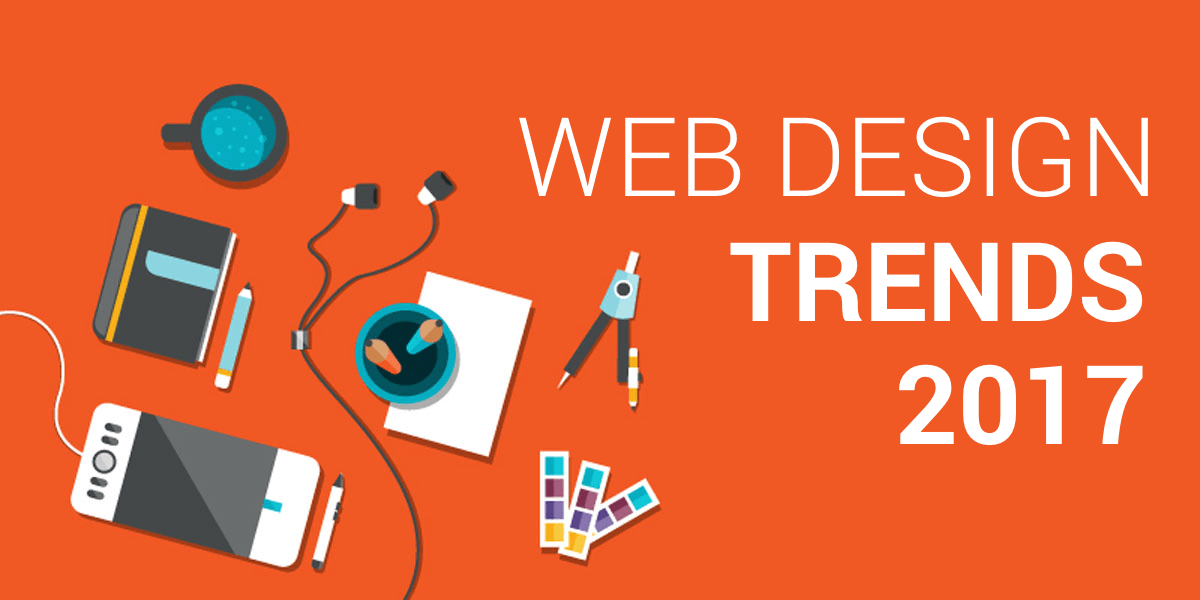Aligned Position Web Design: Tailor-Made Web Design Solutions for Maximum User Engagement
Aligned Position Web Design: Tailor-Made Web Design Solutions for Maximum User Engagement
Blog Article
The Very Best Kinds of Website Design to Enhance Customer Experience and Interaction
In the ever-evolving landscape of electronic communication, the efficiency of Web layout dramatically impacts user experience and engagement. Numerous design techniques, such as minimalist, responsive, and interactive designs, each deal one-of-a-kind benefits that can provide to diverse individual requirements.
Minimalist Website Design
As digital landscapes come to be significantly chaotic, minimal Web style has arised as an effective technique to improving individual experience. This style viewpoint focuses on simpleness, focusing on necessary aspects while getting rid of unnecessary diversions. By using sufficient white space, straightforward navigating, and a minimal shade scheme, minimal style fosters clarity and routes user attention to key web content.
The core concept of minimal website design is to create a smooth communication for individuals. By reducing cognitive tons, users can promptly understand information without really feeling overwhelmed. This direct method not just enhances usability yet also motivates involvement, as site visitors are more most likely to check out a website that is very easy and visually enticing to navigate.
In addition, minimal design often stresses typography and imagery, using these aspects strategically to share messages efficiently. This emphasis on vital parts can enhance brand identification and develop an unforgettable customer experience. Basically, minimal website design is not simply a fad; it is a thoughtful approach that identifies the importance of user-centered style. By removing extraneous aspects, developers can develop a more interesting, effective, and delightful Web experience for all individuals.
Responsive Website Design
In today's diverse digital environment, responsive website design has actually ended up being important for producing a smooth customer experience throughout a plethora of tools. As users accessibility websites on mobile phones, tablets, desktops, and laptops, the ability of a site to adapt its layout and content to various display sizes and resolutions is important.
Responsive Web design employs adaptable grids, photos, and CSS media inquiries to make sure that Web content is presented ideally, despite the gadget utilized. This method not only boosts the aesthetic charm of a site but also considerably improves use. Customers are more probable to involve with a site that supplies a regular experience, as it removes the aggravation of having to zoom in or scroll excessively.
By embracing responsive layout, services can improve their exposure and get to a broader target market. In recap, responsive Web layout is a fundamental method that boosts user experience, interaction, and total complete satisfaction.
Interactive Web Layout
Responsive website design lays the groundwork for improving customer experience, but interactive website design takes this a step additionally by involving users in a more dynamic method - Aligned Position Web Design. By incorporating aspects such as animations, clickable prototypes, and real-time comments, interactive Web layout astounds customers, drawing them into a richer browsing experience
This method not just cultivates engagement however likewise motivates individuals to discover material proactively as opposed to passively eating it. Strategies such as gamification, where users earn rewards for completing tasks, can dramatically boost the moment invested on a website and boost total complete satisfaction. Moreover, interactive functions can streamline complicated information, making it much more satisfying and digestible.

Including interactive design elements can also bring about greater conversion prices, as users are more probable to involve with a website that proactively includes them. Aligned Position Web Design. Inevitably, interactive website design transforms customer experiences right into remarkable trips, ensuring that visitors return time after time
Flat Style
Characterized by its minimalistic strategy, flat layout stresses simplicity and functionality, removing away unnecessary components and concentrating on crucial features. This style approach focuses on usability, guaranteeing that individuals can browse user interfaces effortlessly and efficiency. By utilizing a tidy visual, level design removes the mess typically found in much more elaborate designs, thereby enhancing customer concentrate on material and capability.
The hallmark of flat style exists in its use of vibrant colors, straightforward typography, and geometric shapes. These components add to an aesthetically enticing interface that is both modern and friendly. Additionally, level style cultivates a feeling of clearness, permitting individuals to discern necessary activities and information without diversion.
Moreover, flat layout is specifically effective in receptive Web layout, as its simpleness converts well throughout various devices and display sizes. By concentrating on crucial attributes, level style not only satisfies individual demands however additionally urges seamless interaction, making it an important component of efficient original site Web style methods.
Flexible Web Layout
Flexible Web layout tailors the customer experience by producing several dealt with layouts tailored to different screen sizes and gadgets. Unlike receptive style, which fluidly changes a solitary design, flexible style utilizes unique designs for certain breakpoints, making sure optimum discussion on click this link numerous systems. This technique permits developers to concentrate on the unique qualities of each device, enhancing usability by delivering precisely what customers need based on their context.
Among the key benefits of flexible Web design is its capacity to optimize lots times and efficiency. By offering tailored content and images that fit the customer's device, internet sites can reduce information use and enhance loading speeds. This is particularly useful for users with slower connections or limited information strategies.

Additionally, flexible design promotes a more consistent and regulated branding experience. Because developers create several designs, they can ensure that the visual aspects straighten with the brand's identification throughout different platforms - Aligned Position Web Design. This leads to a natural individual experience, boosting engagement and promoting individual retention
Verdict
Finally, the combination of minimal, receptive, and interactive website design concepts considerably improves individual experience and involvement. Minimal layout fosters quality and focus, while responsive design guarantees versatility throughout different gadgets, promoting ease of access. Interactive style mesmerizes individuals with vibrant aspects, motivating expedition and customization. Jointly, these layout comes close to add to the production of straightforward settings that not only improve complete satisfaction however also drive higher conversion rates, emphasizing their critical value in modern Web design strategies.

Minimal layout cultivates quality and emphasis, while receptive layout ensures versatility across different gadgets, promoting ease of access. Collectively, these style approaches add to the creation of user-friendly atmospheres that not only enhance fulfillment however likewise drive higher conversion rates, underscoring their important relevance in modern Web style techniques.
Report this page